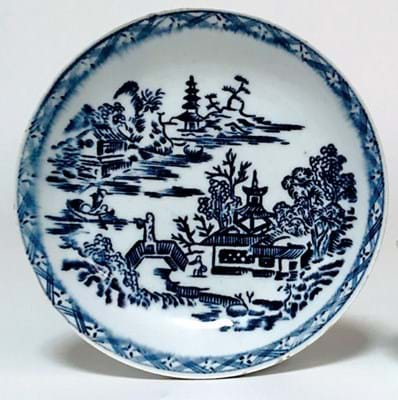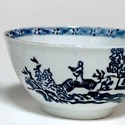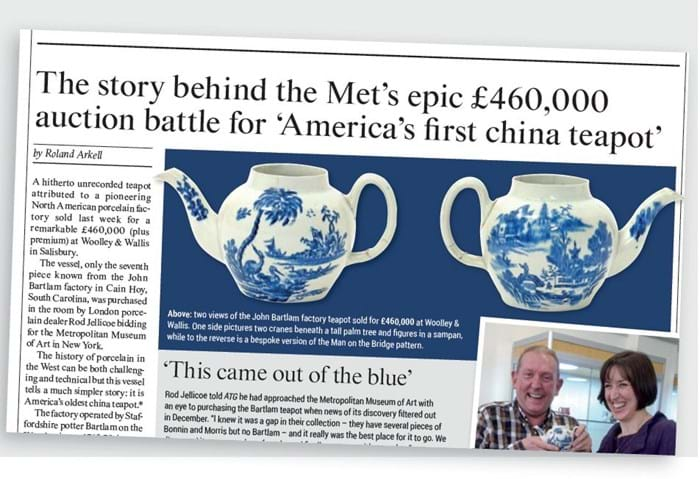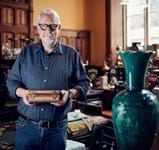The modest vessels – only the eighth and ninth pieces known from the John Bartlam factory in Cain Hoy, South Carolina – form part of a February 19 Ceramics and Glass sale at Woolley & Wallis, where last year a teapot by the factory sold for £460,000. The teapot, minus its cover, was bought by the Metropolitan Museum of Art.
Bartlam’s kilns operating on the Wando river c.1765-70 are now recognised as the first to produce porcelain in America, preceding by about five years the better-known Bonnin and Morris factory in Philadelphia.
Low-fired phosphatic soft-paste porcelain sherds with blue and white decoration were found at Cain Hoy in 2007, followed in 2010-11 by the discovery of four matching teabowls and two saucers in English collections.
The Chipstone Foundation in Milwaukee and the Philadelphia Museum of Art both acquired teabowls at prices of around $50,000 and $75,000 respectively, while another offered for sale by Christie’s New York in 2013 sold at $120,000 (£76,000).
Met Museum purchase
The teapot offered in Salisbury – with multiple cracks and minus a lid – was bought by London dealer Rod Jellicoe representing the Metropolitan Museum of Art in New York at a price that, with premium, was just over $800,000.
The vendor had bought it in Lincolnshire for just £15.
The newly discovered tea bowl and saucer (both in good condition) also have a Midlands connection: once in the collection of Birmingham collector and auctioneer’s clerk Erik Hancock, they were exhibited at a Coventry museum in the 1960s as Lowestoft.
More recently (within the last two years) they were acquired with an Isleworth attribution for under £1000 on eBay by a collector who had a hunch it lay outside the established corpus of English blue and white porcelain.
The slightly blurred transfer-printed design is the same Man on the Bridge pattern that appeared to one side of the teapot, while scientific tests have since confirmed the paste matches that of the sherds dug at the Cain Hoy site.
It will be offered for sale with what Woolley & Wallis specialist Clare Durham says is “hopes of a six-figure sum but a far more modest reserve”.
Quite why all examples of Cain Hoy porcelain have been found in Britain is a matter for conjecture. It may have survived due to its novelty value, but perhaps Bartlam was shipping his porcelain to Britain for sale or had returned home with some of his stock as his venture failed.



















